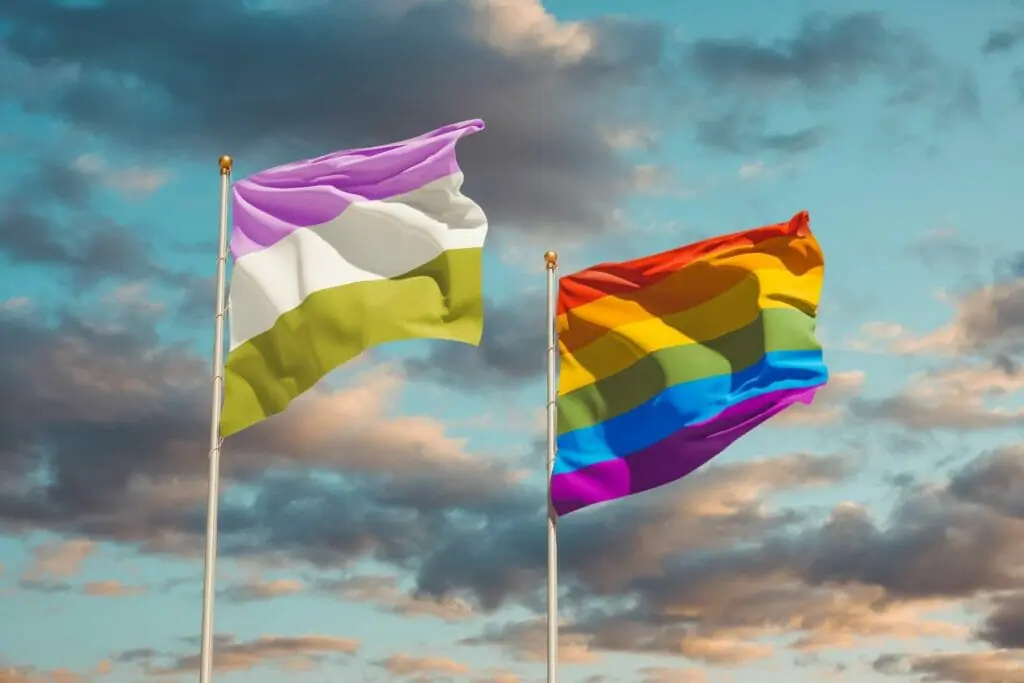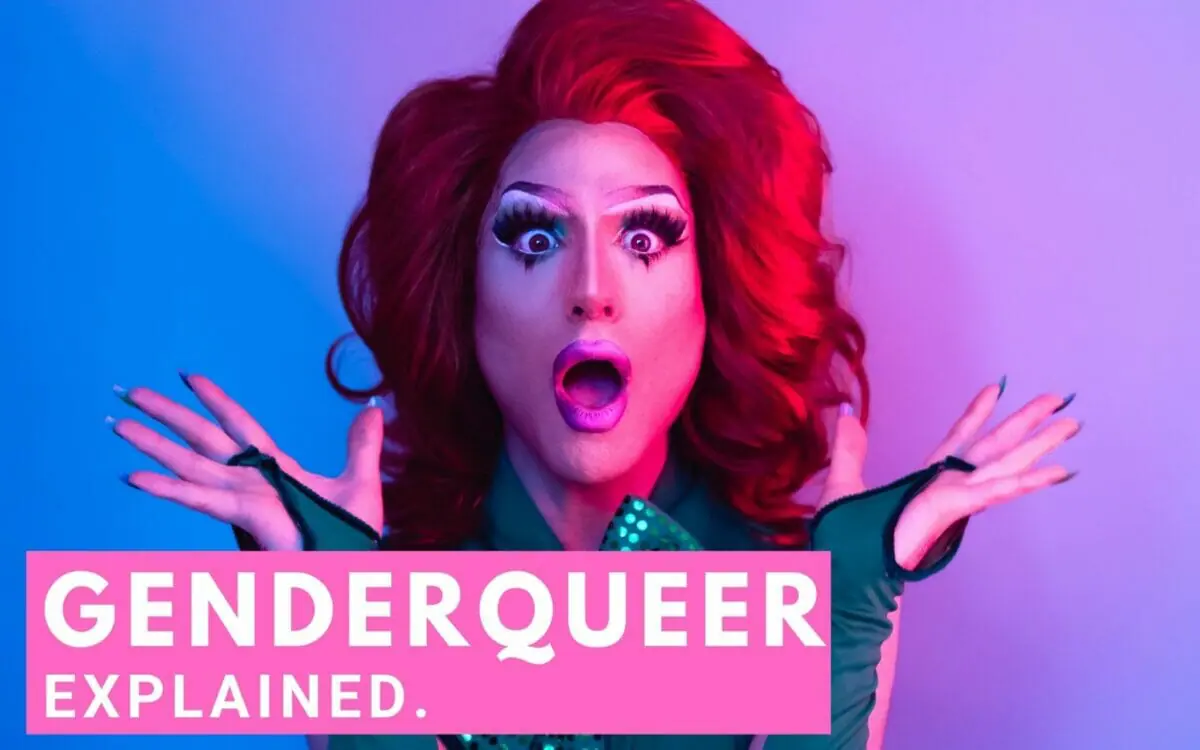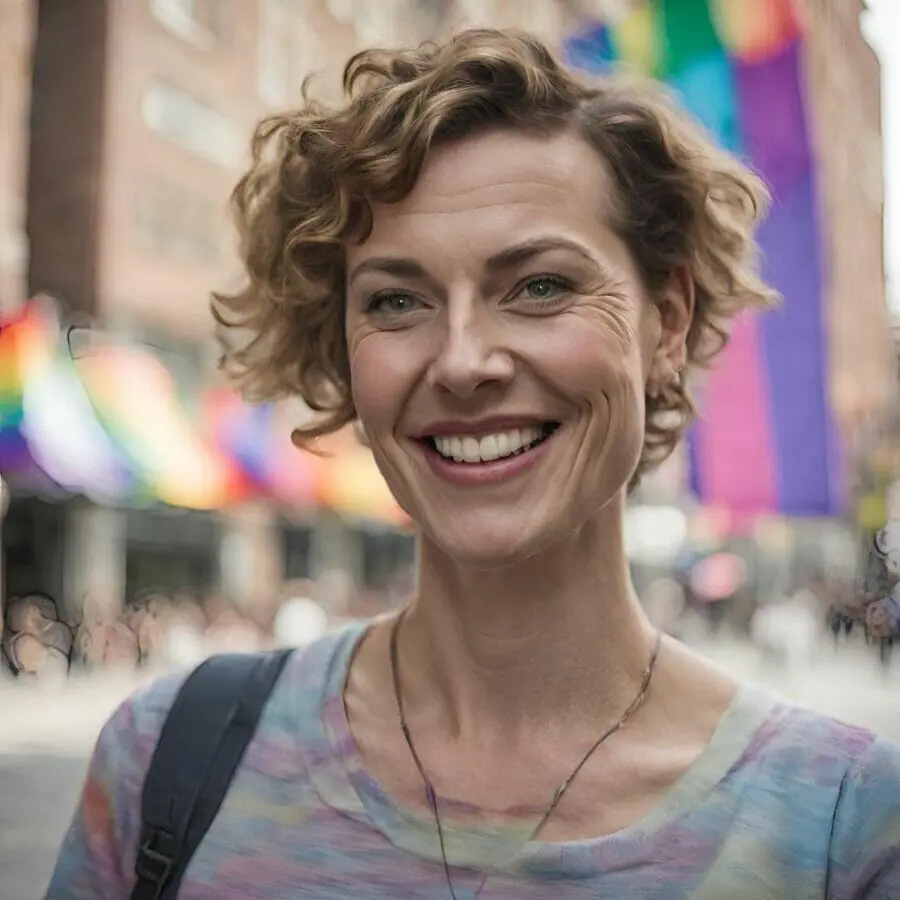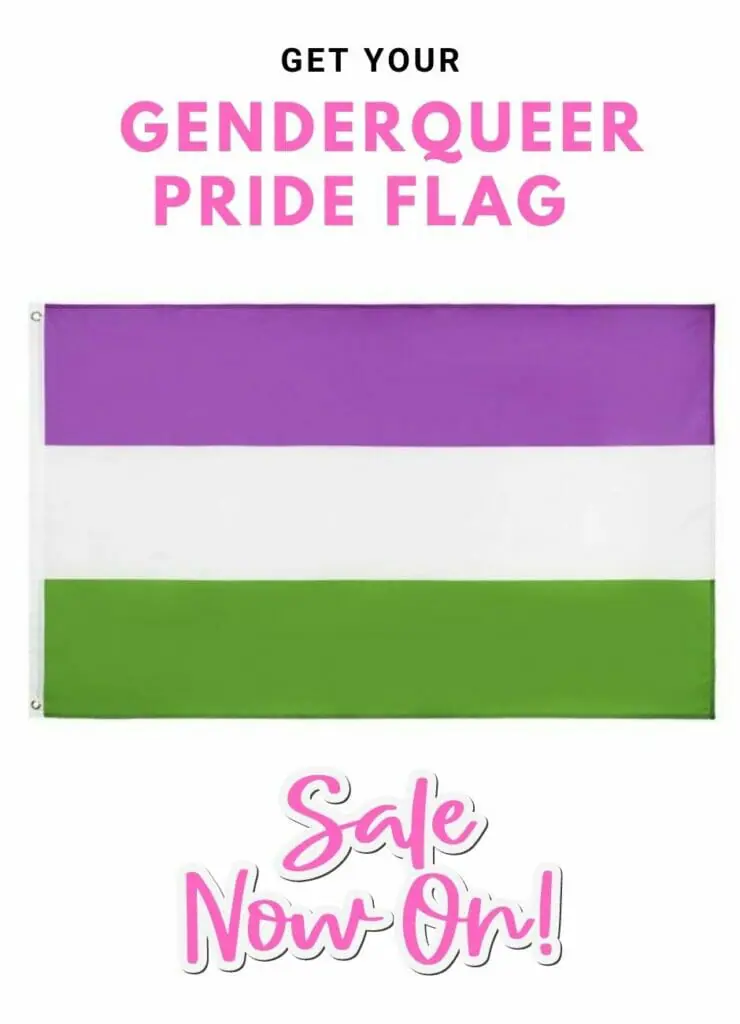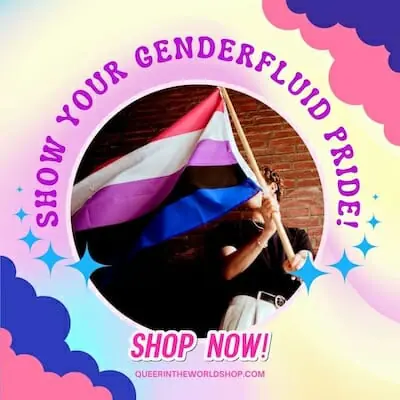There are many gender identities and sexual orientations that anyone can feel connected to or identify with.
More and more words have been popularized over the years to embody the emotions and experiences of queer individuals and if you aren’t immersed in the LGBTQ+ culture or the queer community, you might not recognize some of these sexual orientations and gender identities – largely due to a lack of representation in mainstream media.
One such term is genderqueer. Sadly it is one of the more misunderstood gender identities, so we are going to talk about what does it mean to be genderqueer, discuss the fabulous genderqueer pride flag, and help you with some information to become a better ally to the genderqueer community.
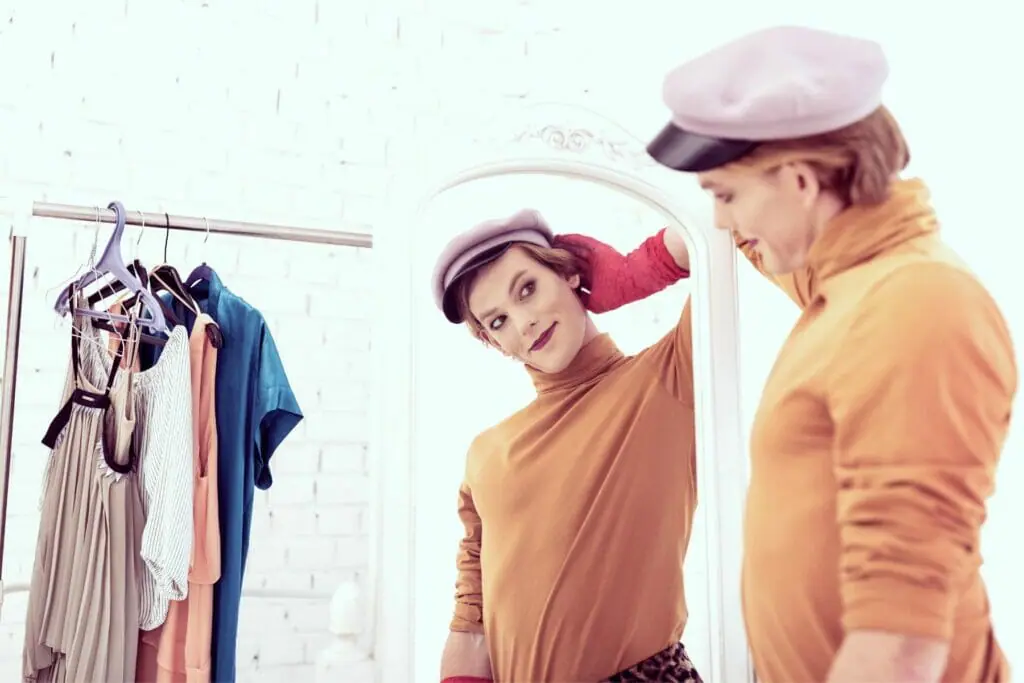
In this article we will cover...
What Does Genderqueer Mean?
Genderqueer is a gender identity. It is built around the word “queer.” When someone identifies as genderqueer, they don’t live in alignment with homosexual or heterosexual norms. Genderqueer can be used as an expression of a nonbinary identity and to describe an individual’s sexual orientation.
Genderqueer people often experience shifts in their gender. For them, gender is fluid and will change at any given time. Genderqueer can mean someone is still questioning their gender identity continuously or during a specific time. Genderqueer people can fluctuate or fall between the binary genders of ‘man’ and ‘woman’.
Many people use the words genderqueer and nonbinary interchangeably while to others they mean similar yet different things. For others, genderqueer is an umbrella term that covers non-cisgender identities. Understanding gender identities with respect to each individual and their identity is vital.
Be mindful that while some identities may have only slight differences, they may still mean a lot to someone. All you need to remember is that everyone’s experience of gender and attraction is different – and that it is for them alone to define.
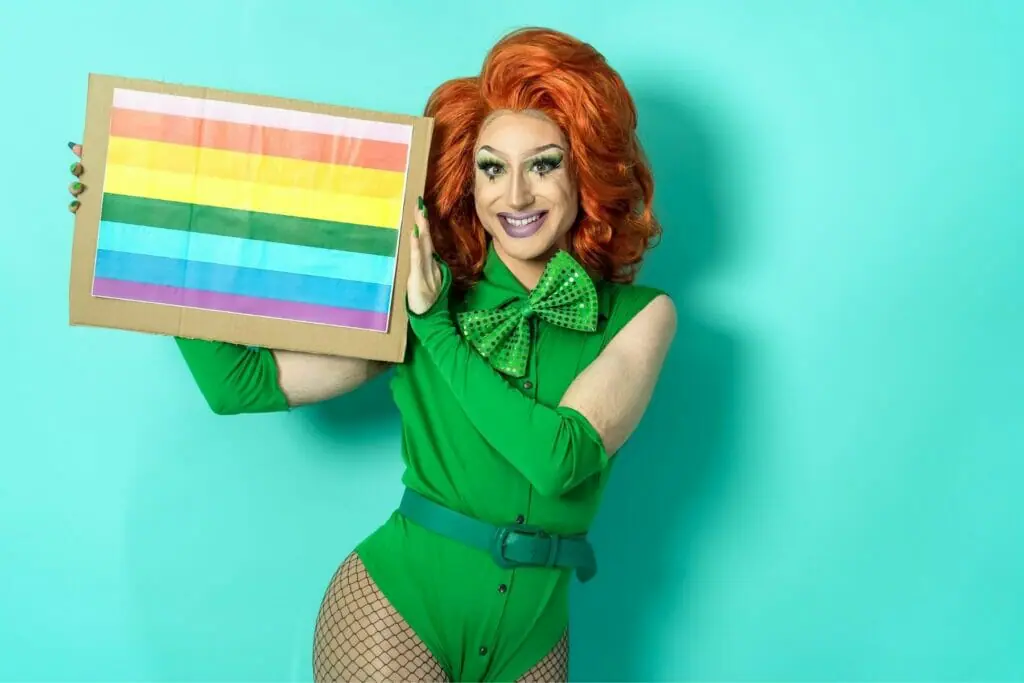
To make sense of what the term genderqueer means, it’s vital to understand that gender isn’t as simple as society has tried to make us believe. Gender identity is how an individual identifies. It could be as a woman, a man, or as something else. While we’ve been led to believe that woman and man are two different things, it’s important to understand that gender expression and gender identity exist along the same spectrum.
There are people that identify more with being female or male. Others may fall somewhere along these two sides. Other people may want to express themselves as more feminine, and others as more masculine. There are those who may switch between male and female identities or identify as something else somewhere along the spectrum like demiboy or demigirl individuals.
Genderqueer people can express themselves or present themselves in many different ways. An individual doesn’t have to adopt an androgynous look or act feminine or masculine for them to be considered genderqueer. They can however do this if this is what they feel comfortable doing.
There is also a difference between Genderfluid vs. Genderqueer and by understanding this difference you will be in a better position to define what does genderqueer mean.
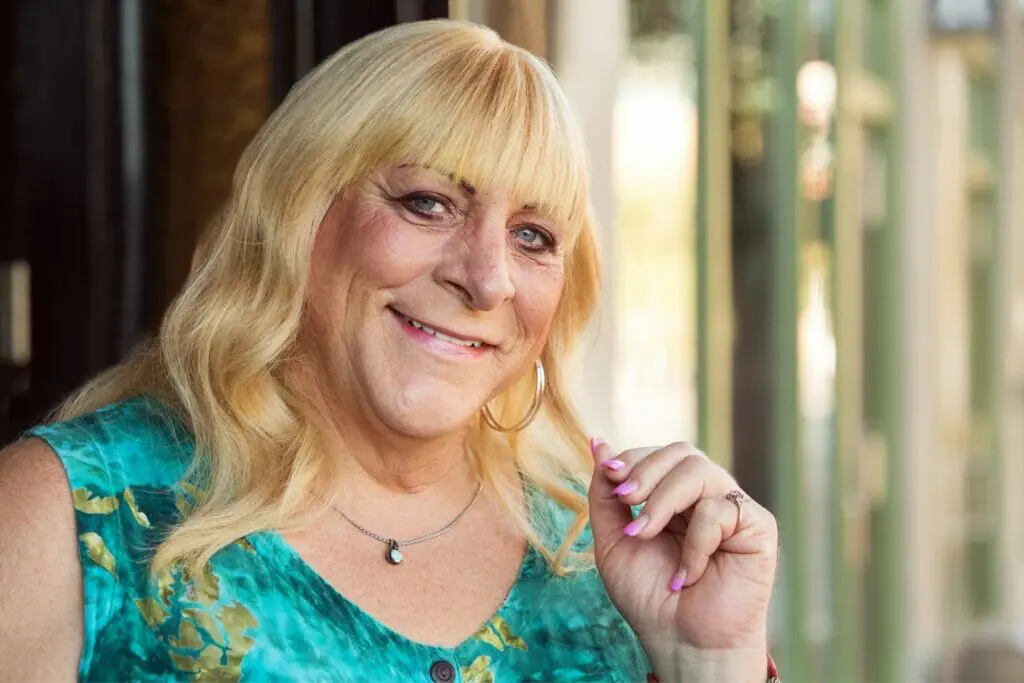
Genderqueer Pride Flag Meaning
One of the many different pride flags, Marilyn Roxie designed the genderqueer pride flag in 2011. Marilyn Roxie is an advocate and genderqueer writer. The flag has lavender, white, and chartreuse stripes. Here’s what the colored stripes of the genderqueer flag mean:
- Lavender: is a mix of pink and blue. These colors traditionally stood for men and women. They express queer identities and androgyny.
- White: represents gender neutral and agender identities.
- Chartreuse: stands for identities that aren’t in the gender binary as well as the third gender.
Genderqueer Pride Day
Awareness, visibility, remembrance, and celebration are all important in increasing the acceptance and recognition of queer identities and queer folx around the world.
By observing an international day for genderqueer individuals, it is easier for them to talk to friends and loved ones – and to feel the love. It also helps foster awareness and increased sensitives from society at large.
So, mark your calendar and plan something special (even if it is just a social media post!) for the 14th of July, which is International Genderqueer Pride Day.
Other Genderqueer Information To Help You Be A Better Ally
The National Center for Transgender Equality (NCTE) and the National Gay and Lesbian Taskforce (NGLT) released a report that states genderqueer people experienced increased discrimination in different areas as opposed to their transgender counterparts.
According to this report, 32% of the genderqueer community have experienced physical assault related to bias.
36% of genderqueer people have also postponed medical care due to the fear of bias. If you’re looking to be a better ally to your genderqueer loved ones, you can show your support in many different ways. Here’s how.
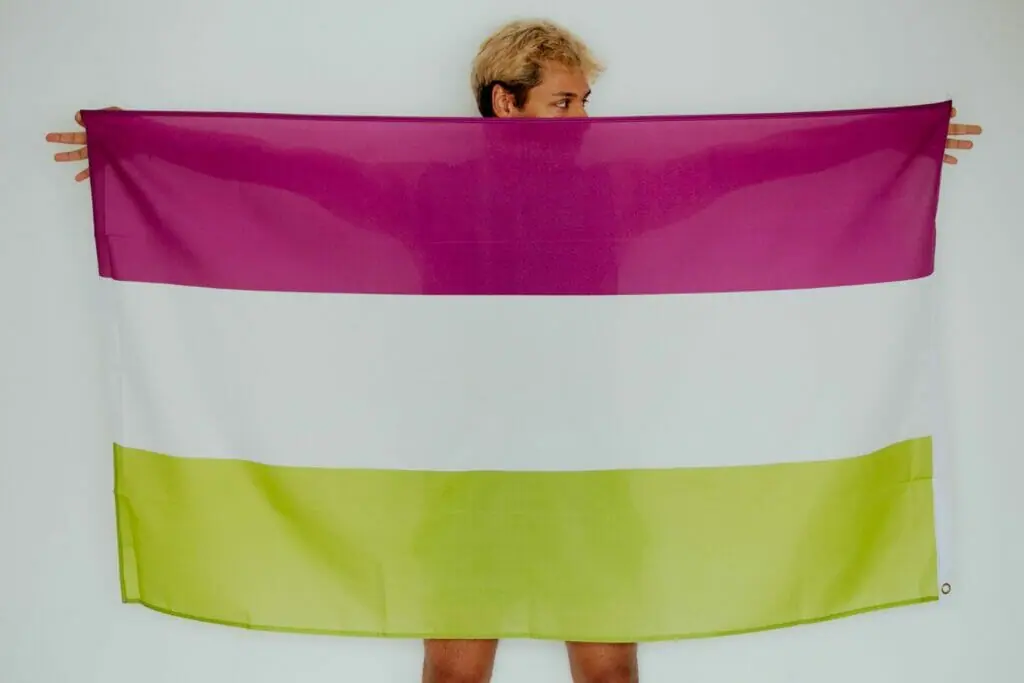
Removing gendered language from your vocabulary
Even though you might find it challenging in the beginning, you can do it. When you aren’t sure what pronouns, someone prefers to use, or are talking to a group, you can use non-gendered language such as ‘friends’, or ‘folks’, rather than ‘madam’, or ‘sir’. You can affirm other people’s identity by:
- Even if you think you understand how someone behaves and are tempted to assume their identity because of their appearance, try not to do it. It’s not possible to know someone’s true identity unless you ask them.
- Always make sure you ask how someone identifies, or what their pronouns are especially if you don’t know or aren’t sure. When you do, offer them some information about yourself too, so it doesn’t look like you’re investigating them.
- Stay away from asking invasive or private questions unless someone expressly give you permission to do so. Invasive questions include queries about their medical history or about their body.
- Your genderqueer loved one may change their expressions or pronouns over time. If you haven’t been in touch with them for a while, make sure you ask them what their current pronouns are.
- None of us is perfect. And, even after trying, we might mess up. The best way to overcome a mistake after treating someone badly or using the wrong pronouns is to say sorry and move on.
If you aren’t sure about someone’s preferred pronouns, always ask. Genderqueer people may use different pronouns than you are used to. Some may use ‘they/them’ pronouns, others may use ‘she’ or ‘him’ pronouns, and others will choose different pronouns.
Don’t worry if you aren’t used to asking about someone’s preferred pronouns. You will soon get used to it. Just remember that using someone’s preferred pronouns is a way of showing respect for their identity and that there’s nothing wrong with it.
You can help normalize the use of pronouns in your everyday life with small actions like giving your preferred pronouns at the beginning of an introduction, signing your emails off with them, or wearing LBGT enamel pins that declare your pronouns to the world.
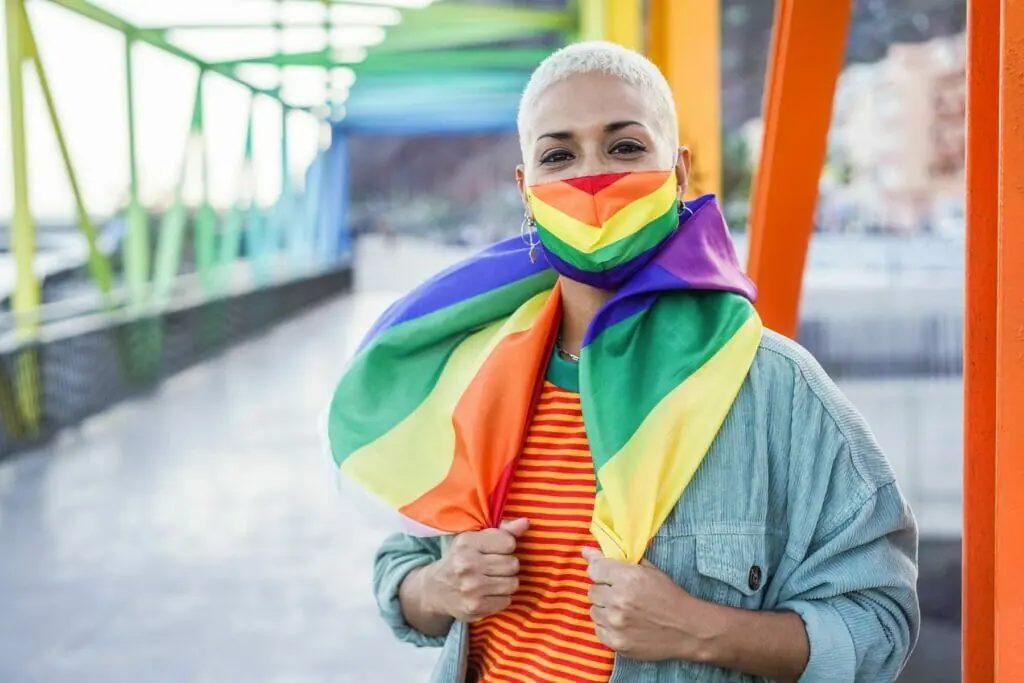
Clear your head
Even if you don’t acknowledge it, you most likely have biases and prejudices that you should confront. It might be uncomfortable for you to realize it at first, but once you realize what they are, you will be able to confront them.
Confronting your biases includes educating yourself about what being genderqueer is. Remember that the LGBTQ community no longer uses derogatory terms such as ‘homo’ or ‘homosexual’. Instead many prefer to use the term ‘gay’, ‘queer’, or ‘lesbian’ to describe themselves, and remember that the most commonly used pronouns for genderqueer folx are ‘they/them/theirs.
Never, ever, ever say “it” – because only a bad human would want to refer to another human in this way – regardless of gender.
Some people like to make crude comments or derogatory remarks and jokes towards gender-non-conforming folx. If you hear such remarks against your friend or other people in the queer community, speak up against such prejudices and let them know it isn’t right to encourage or take part in it.
The same goes for any jokes that are at others’ expense, especially queer marginalized communities and misunderstood identities such as intersex, asexual, transgender, demigirl, demiboy, and genderfluid. We are not here to be the butt of any jokes – and quite frankly, are sick of it. It is not – and never was – OK.
Most times, offensive material is circulated on social media or WhatsApp. Remember to tell people that are making such comments why it’s wrong to do that.
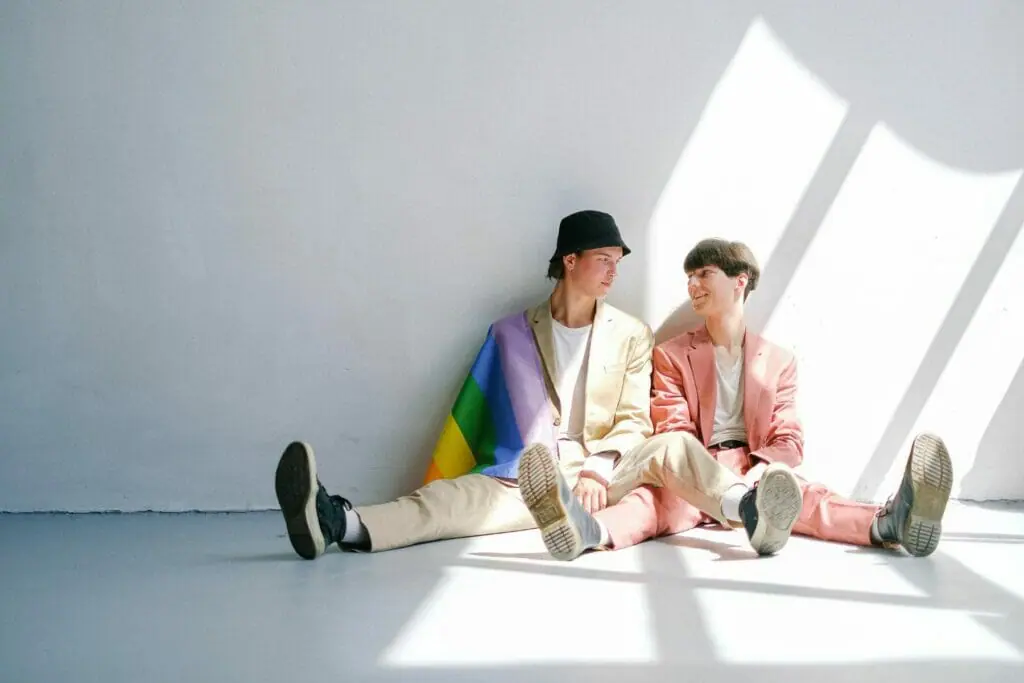
Learn about being genderqueer
More and more people especially the youth are identifying as genderqueer. More than ever, people are becoming more accepting of genderqueer and gender-nonconforming people. Learning more about genderqueer people will enable the general population to learn how to treat genderqueer people with care and sensitivity.
Even though learning about gender identity can be a challenge, we can still educate ourselves and the people around us about how to creates more inclusive communities and become better allies. Educating ourselves includes gaming a better understanding about the different gender identities that are around us, and knowing the difference between sexual orientation and gender.
Even though change doesn’t happen overnight, it can still happen when we are committed to the cause and committed to changing.
Understand it’s not a phase
One of the biggest misconceptions and misunderstandings is that genderqueer people don’t exist. There’s also the notion that being genderqueer is an aesthetic choice or a phase. Of course, some people still don’t understand that other agendas besides being male and female exist.
Unfortunately, this still happens even though there have been numerous examples in history where different cultures have been accepting of more than two genders.
Genderqueer individuals currently experience psychological distress due to prejudice and discrimination. It is not because they don’t conform to the gender binary. Even though someone identifies as genderqueer, keep in mind that there’s more to them than their gender identity.
They could be funny, smart, doctors, teachers, academicians, lazy, hardworking, or celibate. There’s more depth to people other than their gender identity and we should all understand and accept that, too.
